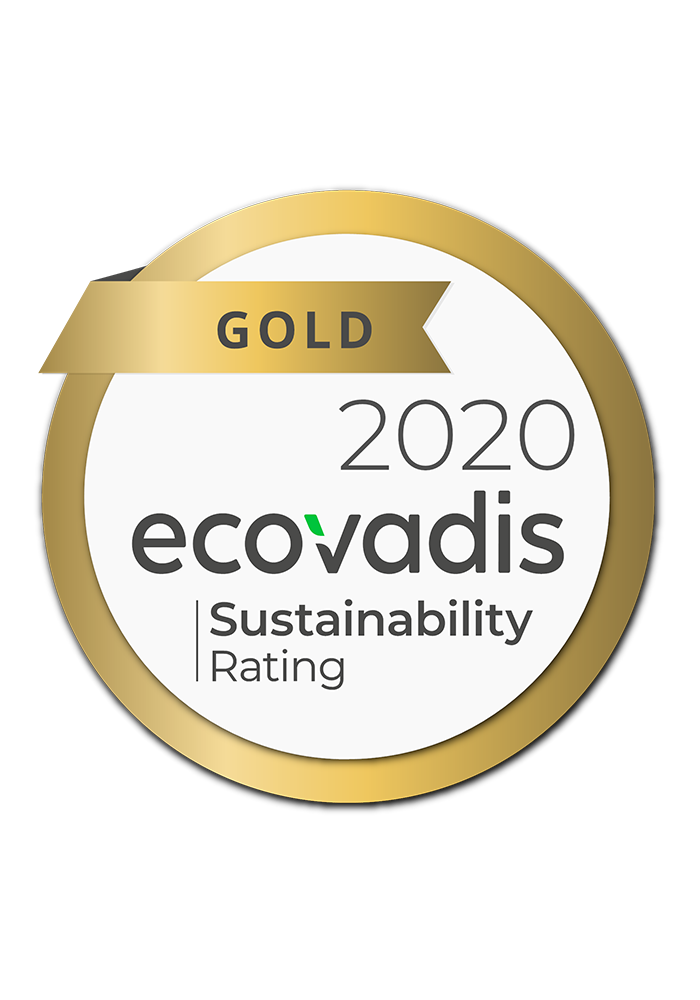
The growing trend of the modern consumer to seek a more sustainable lifestyle is well documented, and it has not gone unnoticed by the cosmetic industry.
The number of product launches that have a strong sustainable footprint, targeting an audience increasingly concerned about the origin of the cosmetics they consume confirms this trend… According to a recent study by Euromonitor, these ” detective consumers ” are a significant percentage in all generations – Baby Boomers, Millennials, Generation X and Z.
In a world where, according to the UN, more than 3 billion people, or 54% of the world’s population live in urban centers, a new issue is putting even more pressure on the industry: as cosmetics and personal care products are widely used, on a regular basis, throughout the world, large quantities of chemicals employed in the cosmetics’ formulas are released continuously in the environment.
Many of these products contain molecules of synthetic and non-sustainable origin with a high potential for bioaccumulation, posing a threat to ecosystems and human health.
In an article entitled “Cosmetic Ingredients as Emerging Pollutants of Environmental and Health Concern. The Mini-Review“(Cosmetics 2017, 4 (2), 11), published in April 2017, the Italian scientists Claudia Juliano and Giovanni Magrini provided an overview of the ingredients that are considered emerging environmental pollutants of particular concern, such as UV filters, some preservatives (parabens, triclosan) and microplastics. Other substances widely used in cosmetics such as dyes, neutralizers, paraffin waxes and synthetic polymers such as polyacrylates, can also have a significant impact on the environment.
Many of these ingredients are being banned in some countries, forcing the industry to seek alternatives in its formulations. Anticipating these changes before laws make it inevitable has been the right move for smart companies that intend to keep their products on the shelves for the next few years.
For full access to the article “Cosmetic Ingredients as Emerging Pollutants of Environmental and Health Concern. A Mini-Review”, click here.


